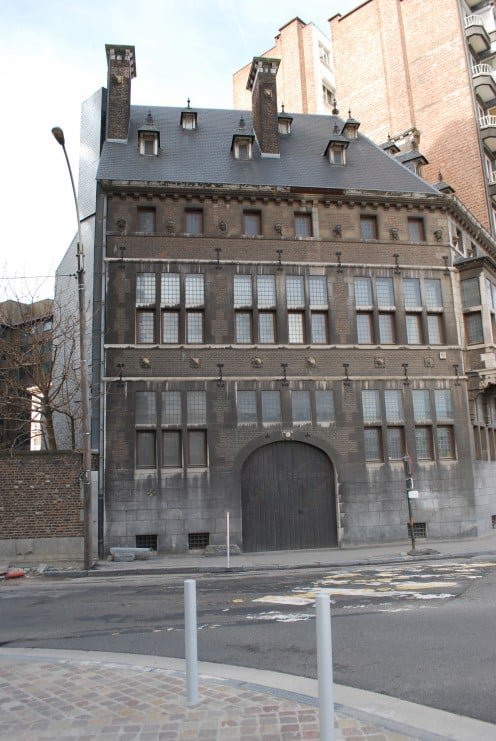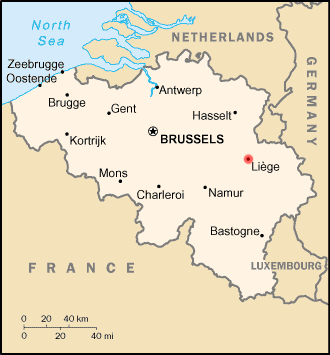Visiting Liège, Belgium: Remembering the Hôtel Rigo


Fine heritage remembered
This fine example of architectural heritage in Liège, in Belgium's Walloon region (French: Région wallonne), was demolished in 2018.
The Hôtel Rigo, as it was known, was executed in the architectural style known as Neo-Mosan, similar to the style of the Maison Curtius, Liège, which serves as a local museum. The Hôtel Rigo was built according to plans by architect Lucien Bécasseau, and dated from 1914-1916.
The building had an interesting history. Named for a prominent Liège lawyer and banker Léon Rigo, whose house it became, it did not actually reach completion until during the Imperial German occupation of Liège (and indeed, of most of Belgium) during World War One.
The style of building owed much to the 17th century Meuse Renaissance; indeed, some of the building materials dated from the 17th century. The building's features included a recurring, square motif — almost reminiscent of the much later Art Deco style — at its many small windows. Its expansive roofing evidenced multiple garret windows. Its main entrance way executed in stone appeared to be an example of elliptical arching.
The Hôtel Rigo was situated at the junction of Avenue Blonden and Rue de Fragnée. (I myself lived in Rue de Fragnée, and I am thus very sorry to record the demise of this valuable piece of heritage.)
While news of the impending destruction of the Hôtel Rigo was met with a predictable local outcry, this fell on deaf ears to the developers and planning authorities. The immediate area, close to Liège's Guillemins station and the Meuse River, is being redeveloped and the demolition creates more space next to a government tax office (1) and a walkway close to the Meuse.
June 6, 2018
Note
(1) Belgian and, indeed, European politicians being devoted to high taxation, one can maybe understand how the marginal convenience of the tax authorities may have been deemed to be more important than preserving architectural heritage. I am sure I am not in possession of all the facts and arguments regarding the decision to demolish this fine structure. All I can suggest is that in Canada such a building would probably have been preserved - if only in its frontage by way of incorporating it into a new refurbished complex.

Worth seeing
In Liège itself, visitor attractions include: the Fine Arts Palace (French: Palais des Beaux-Arts), in the Parc de la Boverie on Outremeuse Island; the Cointe Basilica and other, fine ecclesiastical architecture, some of it Medieval; the Zénobe Gramme Monument close to the Fragnée Bridge; the Perron; the Bueren Mountain; the equestrian statue of Charlemagne, and many others.
...
How to get there: Brussels Airlines flies from New York (JFK) to Brussels Airport, where car hire is available (distance from Brussels Airport to Liège : 94 kilometres). The Belgian railroad company SNCB maintains a service from Brussels to Liège . Some facilities may be withdrawn, without notice. You are advised to check with the airline or your travel agent for up to date information. Please refer to appropriate consular sources for any special border crossing arrangements which may apply to citizens of certain nationalities.
MJFenn is an independent travel writer based in Ontario, Canada.

Other of my hubpages may also be of interest
- Visiting Heer-Agimont, Belgium: Bridging the Meuse, Bordering France, & 20th Century Hosting of
Heer-Agimont is a border village in Belgium, adjacent to the French town of Givet. It combines a scenic location on the Meuse with some intriguing historical associations. - Visiting Liège, Belgium, With Its Meuse and Ourthe Rivers: The Psychologies of Confluence
Liege's fluvial geography speaks much of the history of the city, at the confluence of the Meuse and Ourthe rivers.








